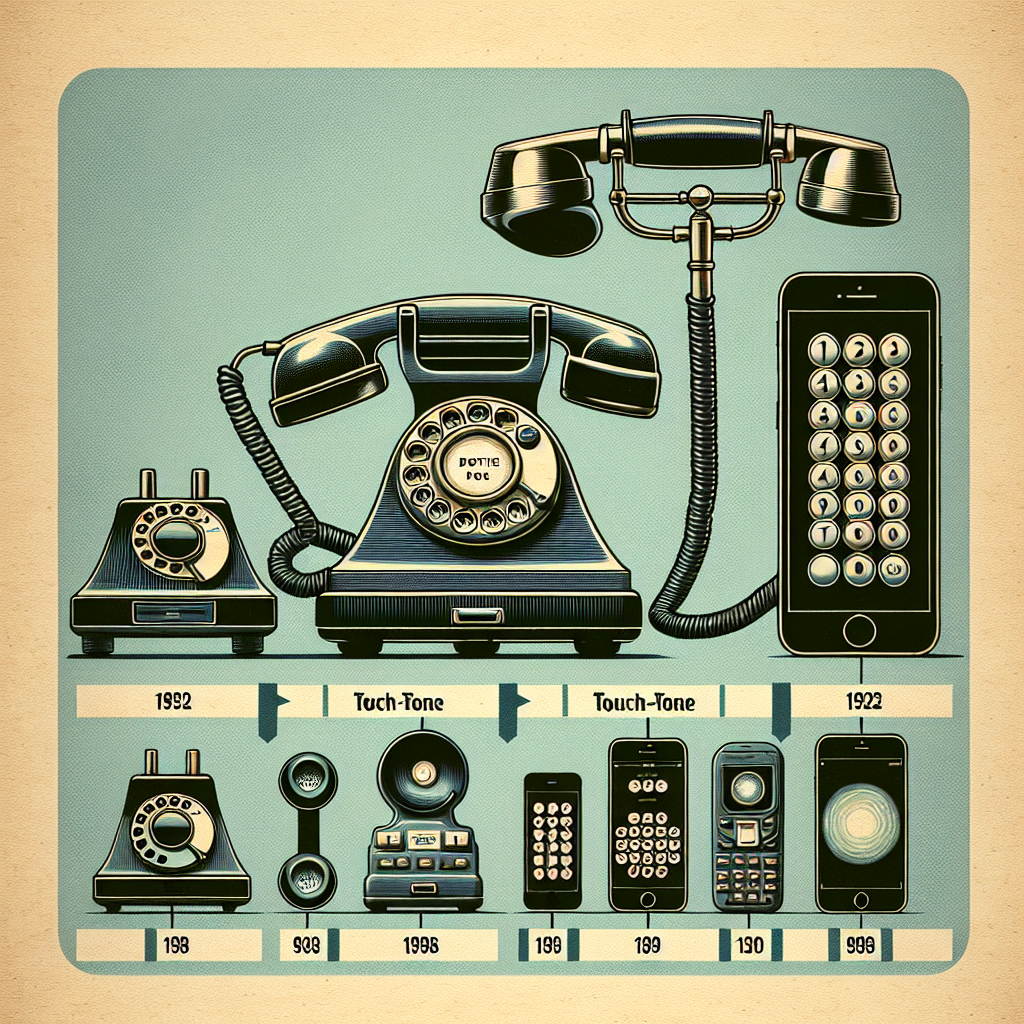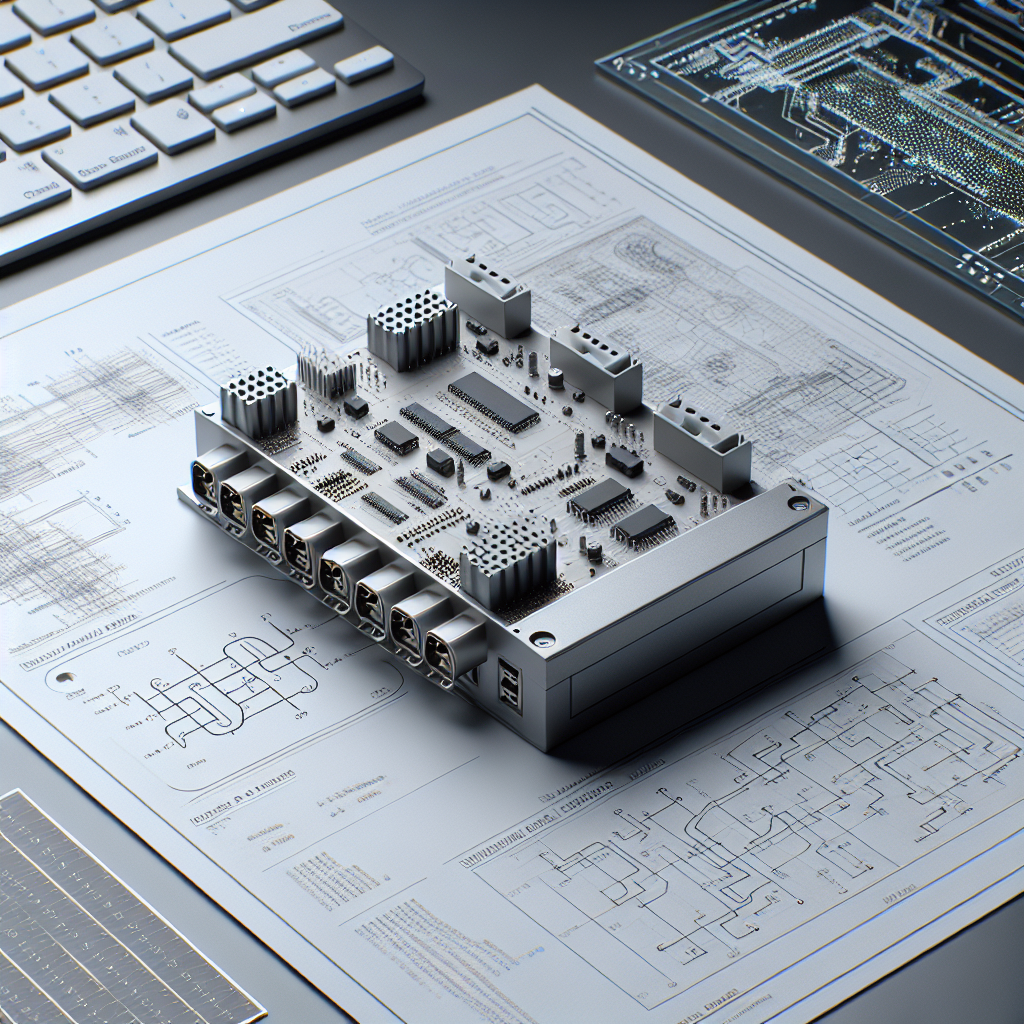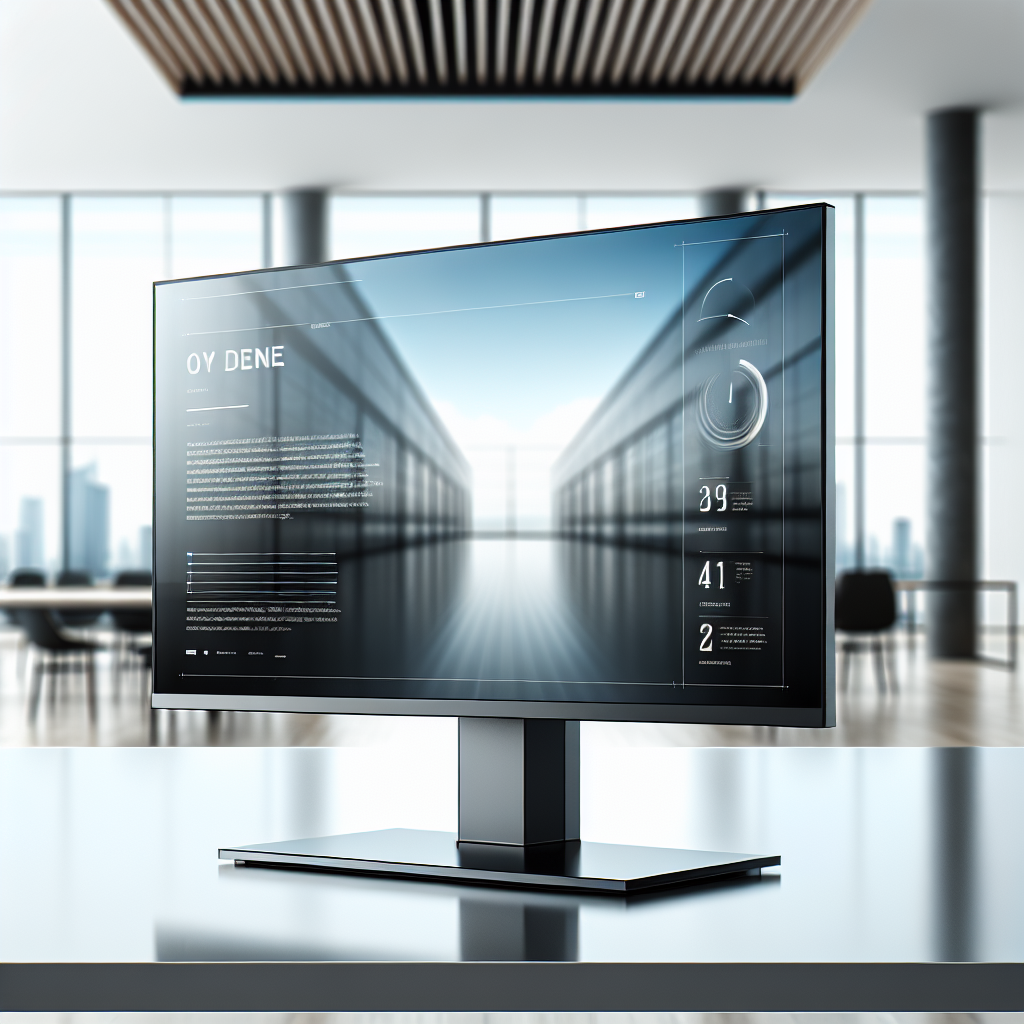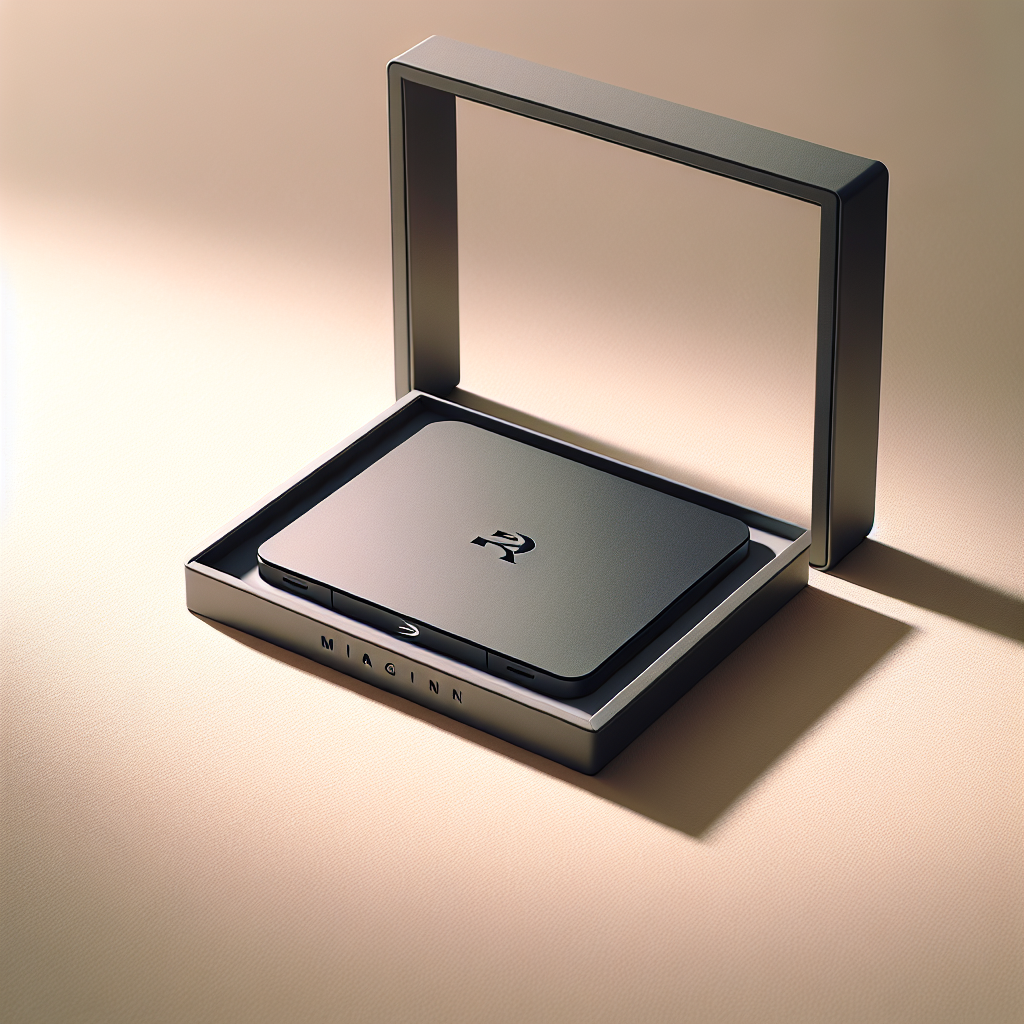The Evolution of Telephone Audio Interfaces: From Analog to Digital
The telephone has come a long way since its invention in the 19th century. Originally a simple device used for transmitting sound over long distances, the telephone has evolved into a sophisticated communication tool that integrates seamlessly with other technologies, such as the internet. One key aspect of this evolution is the development of telephone audio interfaces, which have transitioned from analog to digital in recent years.
Analog telephone interfaces were the standard for many years, using electrical signals to transmit voice data over a network of telephone lines. These interfaces were limited in terms of sound quality and functionality, but they served their purpose well for several decades. However, as technology advanced and the demand for clearer audio and more features increased, the need for digital telephone interfaces became apparent.
Digital telephone interfaces use digital signals to transmit voice data, resulting in clearer audio quality and improved functionality. These interfaces can also support a wider range of features, such as call recording, conferencing, and voicemail integration. Additionally, digital interfaces are more versatile and can easily integrate with other digital technologies, such as computers and smartphones.
One of the key advantages of digital telephone interfaces is their ability to compress and transmit data more efficiently than analog interfaces. This allows for faster transmission speeds and reduced latency, resulting in a smoother and more reliable communication experience. Digital interfaces also have the ability to encrypt data, enhancing security and privacy for users.
Another important aspect of the evolution of telephone audio interfaces is the shift towards Voice over Internet Protocol (VoIP) technology. VoIP allows users to make phone calls over the internet, bypassing traditional telephone lines and utilizing digital audio interfaces instead. VoIP offers several benefits, including lower costs, greater flexibility, and improved call quality.
Overall, the evolution of telephone audio interfaces from analog to digital has greatly improved the communication experience for users. With clearer audio quality, enhanced features, and increased versatility, digital interfaces have revolutionized the way we communicate over the phone. As technology continues to advance, we can expect even more innovations in telephone audio interfaces, further enhancing the way we connect with others.










